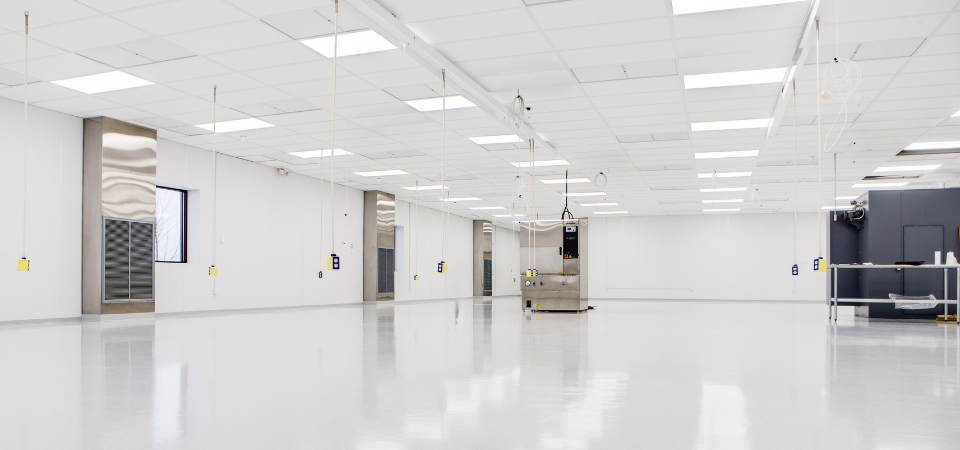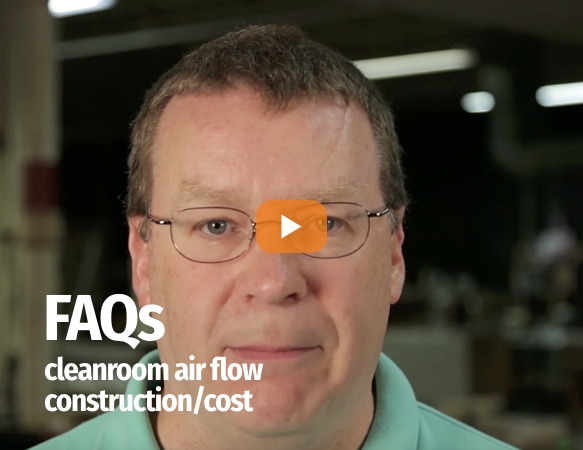QUESTION:
What are the different air flow systems used in a clean room design?
Answered By: Tim Loughran
There are basically three different air flow systems in cleanrooms: pressurized plenum, ducted supply and ducted return, and ducted supply and open return. Pressurized plenum essentially means you pump the air into the plenum, push it through the filters and down on into the cleanroom. With a ducted supply and ducted return, you’re doing just that; you’re ducting the air delivered to the cleanroom and you’re ducting the air back out of the cleanroom.
This last design is prevalent in a pharmaceutical cleanroom arrangement where you have to control the air. The most efficient from a cost and operational standpoint, is the ducted supply and open return. This involves ducting the air into the cleanroom though you let the air flow into an open return, which is essentially a return air plenum.
Now once you’ve decided what type of air system is the best for you (which is often times influenced by the type of industry that you’re serving) this also dictates to some extent what type of wall system to utilize. When you have a ducted supply and ducted return system you don’t care about what the return air plenum wall is because there is ductwork that is going to carry the air back to the air handler. With a pressurized plenum, or a ducted supply and open return system, the surface of the return air path of the air is influenced because you’ve got to make sure that it’s not generating contamination.
An example of how you go about picking that air system, with a ducted supply and open return you’re going to have to create what is called a return air plenum over the cleanroom. So the clean room walls will need to extend past the ceiling - tall enough so that you can create a plenum (or controlled environment). Often times you have to use the CleanLine system to ensure a structurally supported plenum cap, which is an integral part of the system.


